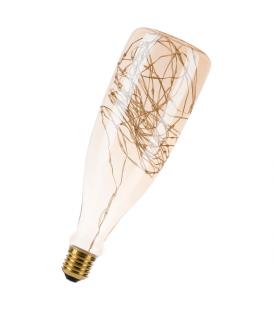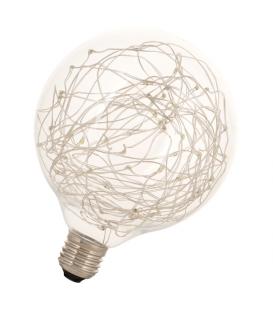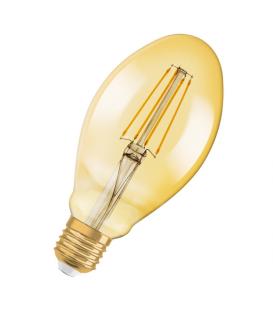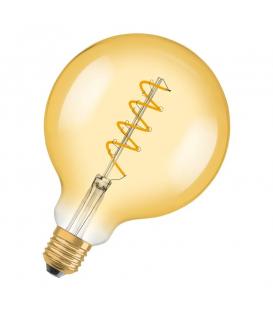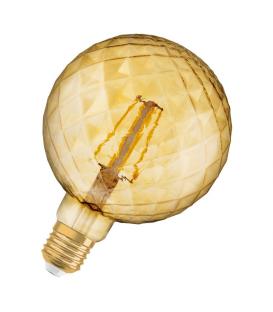Decorative LED lamps
Description:Decorative LED lamps are designed with a focus on style, aesthetics, and ambiance. They often incorporate innovative and artistic designs that can range from vintage filament-style bulbs to intricate shapes, patterns, and colors. They can be used as standalone pieces or as part of larger lighting installations to create visually appealing and captivating environments.
These lamps are available in various form factors, such as Edison-style bulbs, globe lights, candelabra bulbs, tube lights, string lights, and more.
Explanation: Decorative LED lamps are constructed using LED technology, where semiconductors emit light when an electrical current passes through them. The design of these lamps allows for creative arrangements of LEDs, which can be customized to produce different colors, intensities, and lighting effects. The LEDs are often enclosed in transparent or frosted glass or plastic casings, which can further enhance the visual aesthetics of the lamp.
Decorative LED lamps can feature various lighting effects, such as dimmable capabilities, color-changing options, and even dynamic patterns that can be controlled through remote controls or smartphone apps. Some advanced models can sync with music or respond to ambient sounds, adding an interactive and immersive element to the lighting experience.
Benefits:
- Energy Efficiency: LED technology is highly energy-efficient, consuming significantly less electricity compared to traditional incandescent or fluorescent bulbs. This leads to reduced energy consumption and lower electricity bills.
- Longevity: LEDs have a much longer lifespan compared to traditional bulbs. They can last tens of thousands of hours, reducing the need for frequent replacements and maintenance.
- Lower Heat Emission: LED lamps emit very little heat, making them safer to use and reducing the risk of burns or fire hazards.
- Design Flexibility: Decorative LED lamps come in a wide range of designs, shapes, and colors, allowing you to match your personal style and enhance the aesthetic appeal of your space.
- Customization: Many decorative LED lamps offer features like color-changing options and dimming capabilities, giving you the ability to adjust the lighting to suit different moods and occasions.
- Environmentally Friendly: LED lamps do not contain hazardous materials like mercury, which is found in fluorescent bulbs. They are also recyclable and contribute to reducing overall environmental impact.
- Instant Lighting: LED lamps light up instantly with full brightness, unlike some fluorescent lamps that require time to reach their maximum output.
- Low UV Emission: LED lamps produce very little ultraviolet (UV) light, making them suitable for environments where UV-sensitive materials are present, such as artworks and fabrics.
- Reduced Glare: Decorative LED lamps can be designed to minimize glare and distribute light more evenly, enhancing visual comfort.
- Cost Savings: While the upfront cost of decorative LED lamps might be higher than traditional bulbs, their energy efficiency, longevity, and reduced maintenance costs result in long-term savings.
In summary, decorative LED lamps combine energy efficiency, artistic design, and technological innovation to create visually appealing lighting solutions that enhance the ambiance of various spaces while offering numerous practical benefits.


